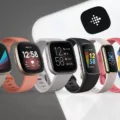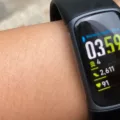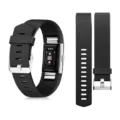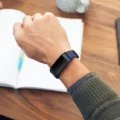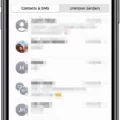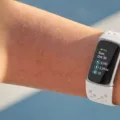Fitbits have been around for over a decade now, and they have become an essential part of people’s lives. They help you track your fitness goals, monitor your sleep patterns, and keep you motivated to stay active throughout the day. However, a question that often comes up is how long Fitbits last.
The lifespan of a Fitbit device can vary depending on factors such as the quality of the hardware, water resistance, frequency of cleaning, battery health, reset frequency, and which Fitbit model you buy. On average, a Fitbit will last somewhere between one and two years if it is kept in excellent shape. But with normal use, they last about 16-18 months.
One of the most common problems that people encounter with their Fitbits is that they stop working unless they are charging. This issue is usually caused by a dead or dying battery. Most Fitbit devices can be worn continuously for up to five days without needing a charge, and they will remind you before it’s time for a charging session with on-screen battery icons, flashing LED lights, and even audio prompts.
Another issue that can impact the lifespan of a Fitbit is the screen wake settings. Sometimes, these settings can change, causing the device to stop working correctly. If you’re having trouble with your Fitbit, try swiping down from the clock face until you see the settings option for Screen Wake, then select it until it reads “auto.”
If you’re looking to extend the lifespan of your Fitbit, there are a few things you can do to keep it in good shape. First, make sure to keep it clean and free from sweat and other debris. You can do this by wiping it down regularly with a soft cloth or using a cleaning solution specifically designed for Fitbits.
Additionally, try to avoid exposing your Fitbit to water whenever possible, as this can damage the internal components. If you must wear your Fitbit while swimming or showering, make sure to use a waterproof model.
The lifespan of a Fitbit can vary depending on a variety of factors. However, with proper care and maintenance, you can expect your device to last for at least a year or two. If you’re experiencing issues with your Fitbit, try troubleshooting the issue or contacting customer support for assistance.
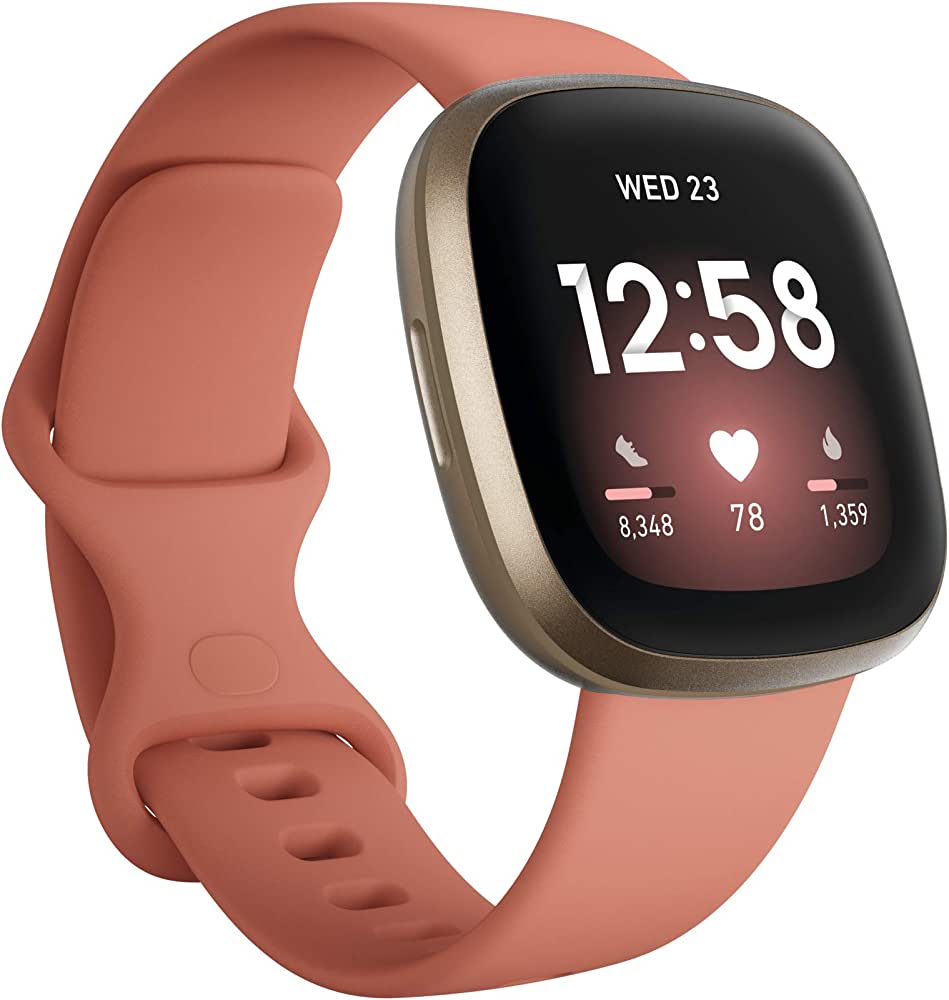
Does Fitbit Have a Limited Lifespan?
Fitbit devices wear out over time due to various factors that affect their longevity. On average, a Fitbit can last between one to two years if it is well-maintained and kept in good condition. However, with regular use, the lifespan of a Fitbit is about 16 to 18 months.
Some of the factors that affect the lifespan of a Fitbit include the quality of the device’s hardware, the level of water resistance, the frequency of cleaning, the health of the battery, the frequency of resetting the device, and the model of the Fitbit.
It is important to note that Fitbit devices are not indestructible and should be treated with care to prolong their lifespan. Regular cleaning, avoiding exposure to extreme temperatures, and proper storage can help extend the life of a Fitbit.
Fitbit devices do wear out over time, but with proper care and maintenance, their lifespan can be extended.
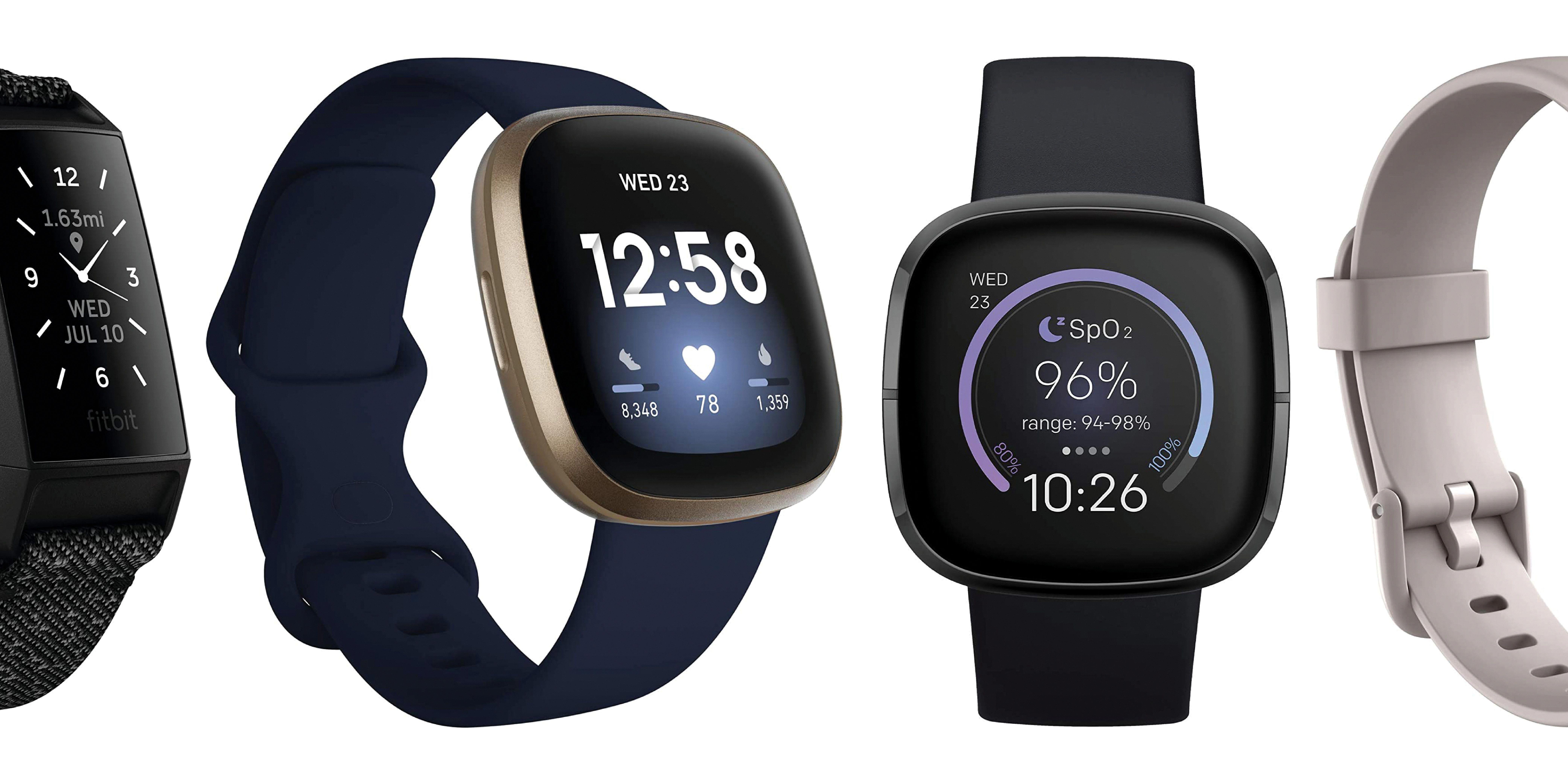
Troubleshooting a Non-Functioning Fitbit
There could be several reasons why your Fitbit has stopped working. Some possible causes include:
1. Battery Issues: If your Fitbit’s battery is dead or low, it may not turn on or function properly. Try charging your device for a few hours and then turning it on.
2. Software Glitches: Sometimes, Fitbit devices can experience software glitches or bugs that cause them to stop working. Try resetting your device or updating the firmware to see if this resolves the issue.
3. Water Damage: If your Fitbit has been exposed to moisture or water, it may stop working. Check for any signs of water damage, such as corrosion or condensation on the screen.
4. Physical Damage: If your Fitbit has been dropped or otherwise damaged, it may stop working. Check for any cracks or other signs of physical damage.
5. Syncing Issues: If your Fitbit is not syncing with your phone or computer, it may appear to have stopped working. Try resetting both devices and reconnecting them to see if this resolves the issue.
There are several potential reasons why your Fitbit may have stopped working. By checking for battery issues, software glitches, water damage, physical damage, and syncing issues, you can diagnose the problem and take steps to fix it.
How Long Does a Fitbit Versa Last?
According to the manufacturer, Fitbit, the battery life of a Fitbit Versa can last up to four days on a single charge. However, the actual lifespan of the device can vary depending on usage, care, and other factors. With proper care and maintenance, the Fitbit Versa can last for several years. It is recommended to keep the device clean, avoid exposing it to extreme temperatures, and regularly update the firmware to ensure optimal performance. Additionally, using a protective case or screen protector can help prolong the lifespan of the device by preventing damage from accidental drops or scratches.
Conclusion
Fitbits are popular wearable fitness devices that have gained widespread popularity due to their ability to track various health metrics and provide helpful insights into one’s daily activity levels. However, their lifespan can vary depending on several factors such as the quality of hardware, water resistance, frequency of cleaning, battery health, reset frequency, and the specific Fitbit model purchased. On average, Fitbits last between one and two years if adequately maintained. It’s essential to keep Fitbit’s battery charged, update firmware and software, and clean the device frequently to ensure it lasts as long as possible. Ultimately, Fitbits are an excellent investment for anyone looking to track their fitness progress and live a healthier lifestyle.

